At the end of May I had the privilege of attending a course called Learning Our Way: Houpsitas Field School. Learning Our Way is part of a larger project that takes health professionals and nursing students out into Indigenous communities to be part of community life, for a few days to a week, and learn from community members. These courses have been happening for over 20 years at NIC and were developed by Drs. Evelyn Voyageur and Joanna Fraser. I was there at Houpsitas because ever since coming to NIC in 2016 I had heard about the Nursing 410 course, Health and Wellness in Aboriginal Communities, which is another iteration of the same project that takes place in Kingcome and Rivers Inlet. This year I tried to join that course as an NIC faculty member, but ended up joining the Learning Our Way Field School instead. Learning Our Way is for health professionals, and on this course we had myself, a social worker and educator, as well as a nurse and social worker from Tofino Hospital. The Learning Our Way website explains the objectives of the project: “We will contribute to transformative reconciliation in health education and health services through offering a series of locally specific, Indigenous led, relationally oriented, wellness focused learning circles. Participants in the learning circles will engage with community members and Indigenous knowledge holders. They will learn from the land, from sharing stories and from being in ceremony together. It is anticipated that students, faculty and health professionals who participate in the learning circles will create communities of practice with the capacity for driving systems change in health service and educational settings.”
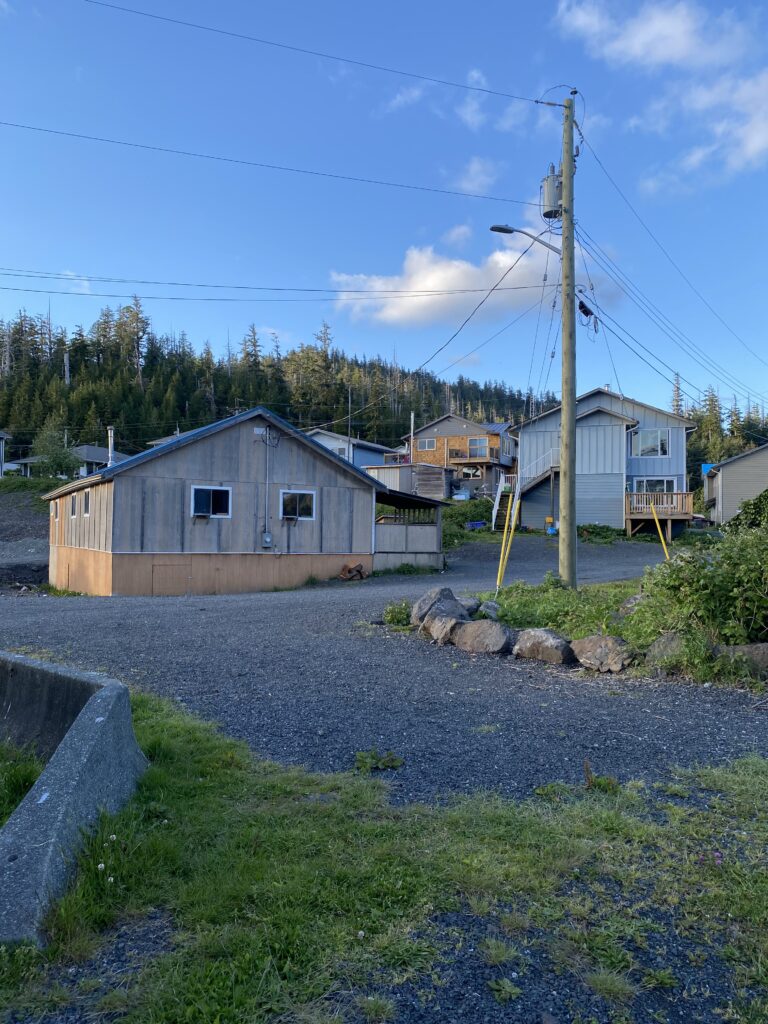
Before the course we did not receive any itinerary and when we arrived at Houpsitas there were basically no plans except to connect with our local contact person (Daniel Blackstone) there and see what emerged. As a planner and instructor at first this unnerved me and I felt uncomfortable. Can you imagine arriving in the classroom in September with no schedule for content or due dates, just ready to see what happened? It sounds scary, but also refreshing! Although I was uncomfortable I also had a deep trust in the course instructors (Dr. Joanna Fraser and Heidi Deagle) and elder (Paul Willie) who were bringing us to Houpsitas. They have done this many times before, so I just had to trust them and go along for the ride, not knowing what might happen. When I spoke with my instructor later she explained that if the schedule was too planned it would prevent the group from being able to jump in and participate in what was happening in the community while we were there or to engage with opportunities that emerged as a result of relationships we were building. Sure enough as they days went on we were invited to participate in and observe many different community activities. Having no itinerary also created spaciousness in our days, allowing us to rest, think, talk, and consolidate our learning. At the Grading Conference I went to last week one of the themes was cutting content to have more time for relationship, engagement, and metacognitive activities. And I mean really cutting, like 50% of content. But this course made me think about what it would be like to cut all of it and truly start with a blank slate to see what emerged with students. What is important to them? What do the students and instructor bring to the table for learning? How does what is happening locally and globally at the time of the course influence what might unfold? Who or what might walk into the empty spaces if there was room? I think about how to bring this spaciousness to my courses next year.
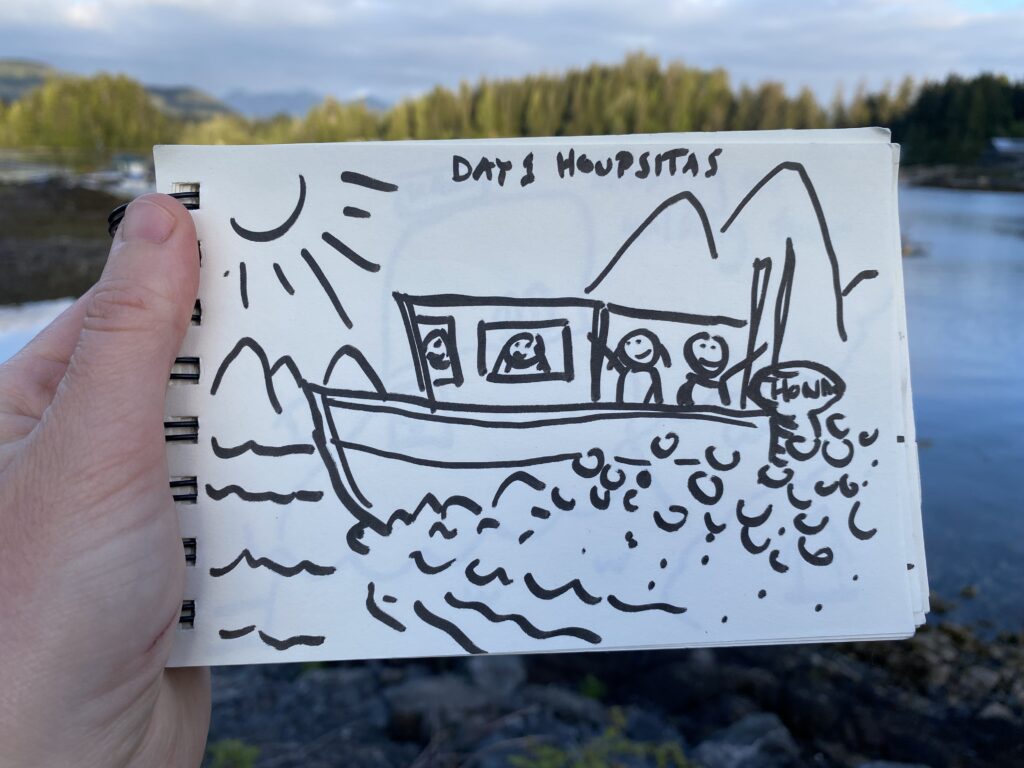
The other interesting thing about this course to me was that there were no learning outcomes. We had some good chats about this in our hotel room kitchen that we used to cook and eat. The instructors asked “How can we know what the outcome will be at the beginning, especially when we don’t know what will happen in the course?” At the end of the course our instructor spoke to the group and gifted each of us a bookmark with a single word on it that had emerged as theme of our learning and how we showed up in the group and the community, and talked about the word to each student in front of the group. My word was respect.
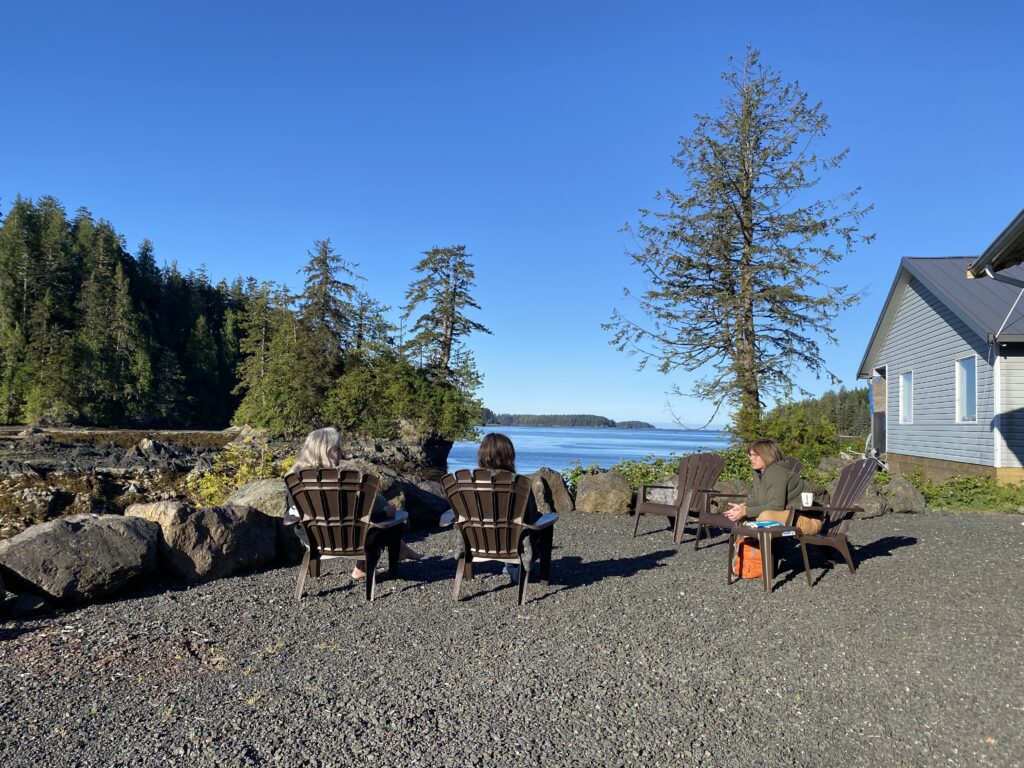
As I think back on the experience and try to figure out how to write about it here vignettes flash back through my mind: The old canoe by the road with the crow sitting on the end; golden light from the sunset shining on the homes and trees on the hillside; sitting in a circle with our instructors, the local host community member, an elder and the other students, listening to the community member drum and tell us about their life in the community; eating breakfast and drinking tea and coffee together in a large hotel room right beside the ocean; sitting with women in the community hall talking while others went on a plant walk in the pouring rain; clambering up and over roots on a wild rainforest path above the school; sharing a meal at the school; sharing a meal at the community hall; watching Indigenous elders share truth at community meetings; riding a boat over glistening water with waves splashing at the sides, and seeing my first ever sea otter lying on its back in the ocean; laughing and going for a quick dip in the cold water at high tide.
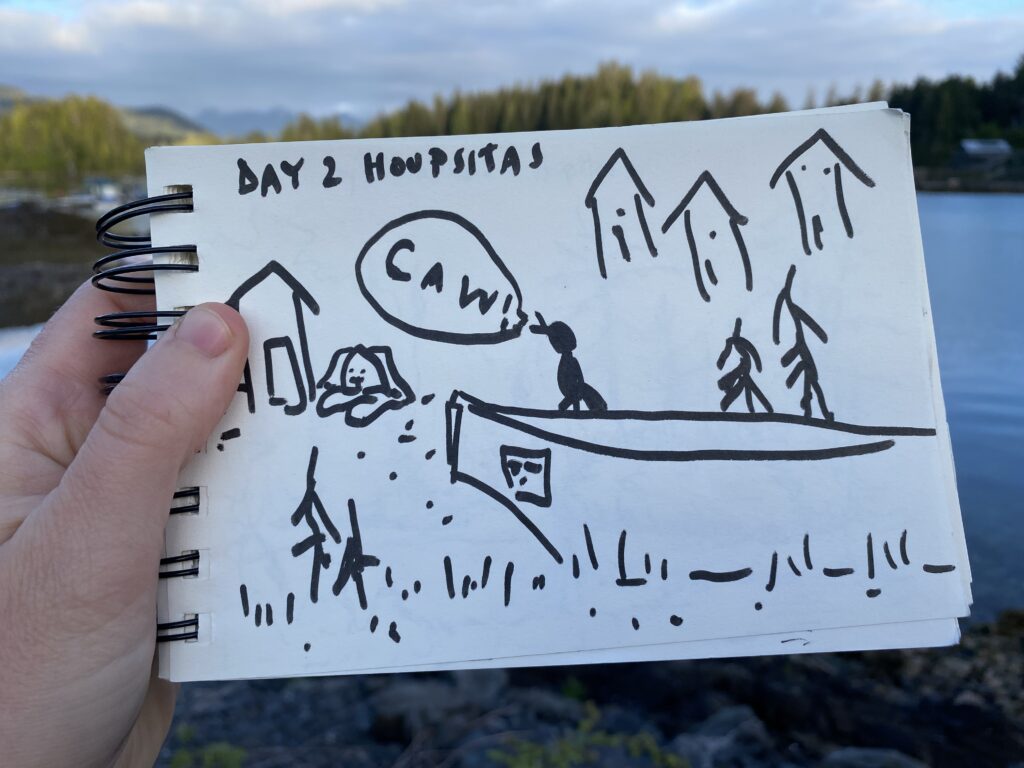
After a busy winter and spring this course had a lot of down time. There was slow walking, sitting with tea, long evenings, sitting by the school, being together in the health centre, sitting by the ocean, checking out the dock, checking out the trails, reading, chatting. But none of it felt like waiting. If I brought anything back it was this, a slowing down, not going for a run or jumping on my bike, but just getting a cup of tea and sitting on a beach log. Watching.
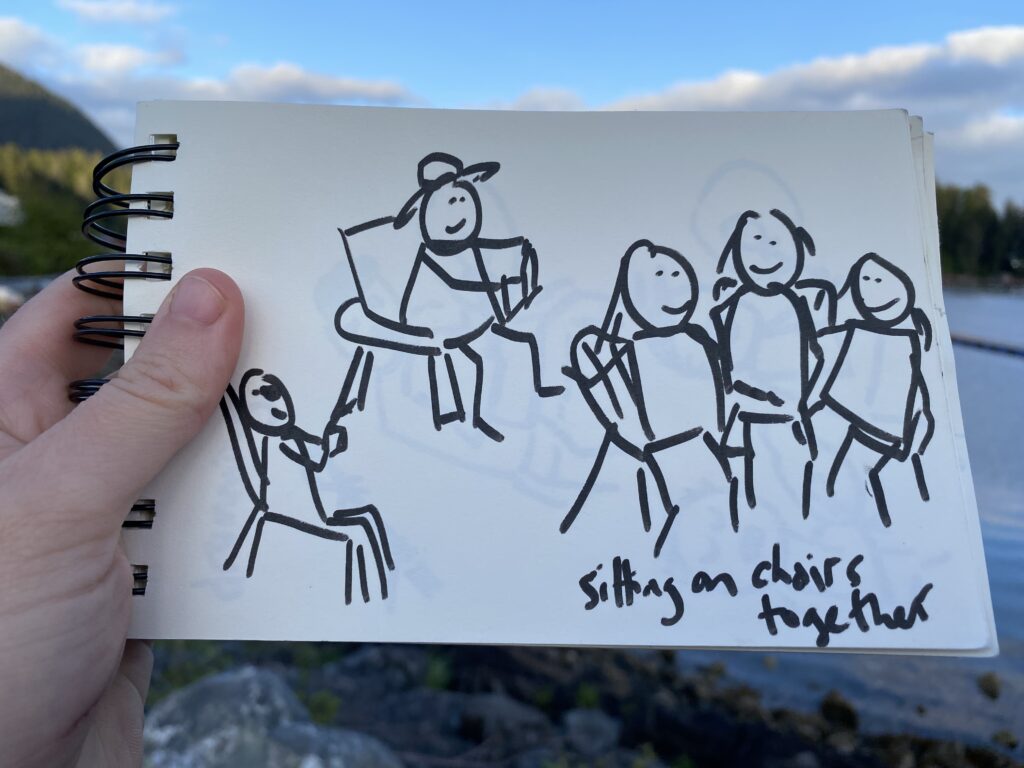
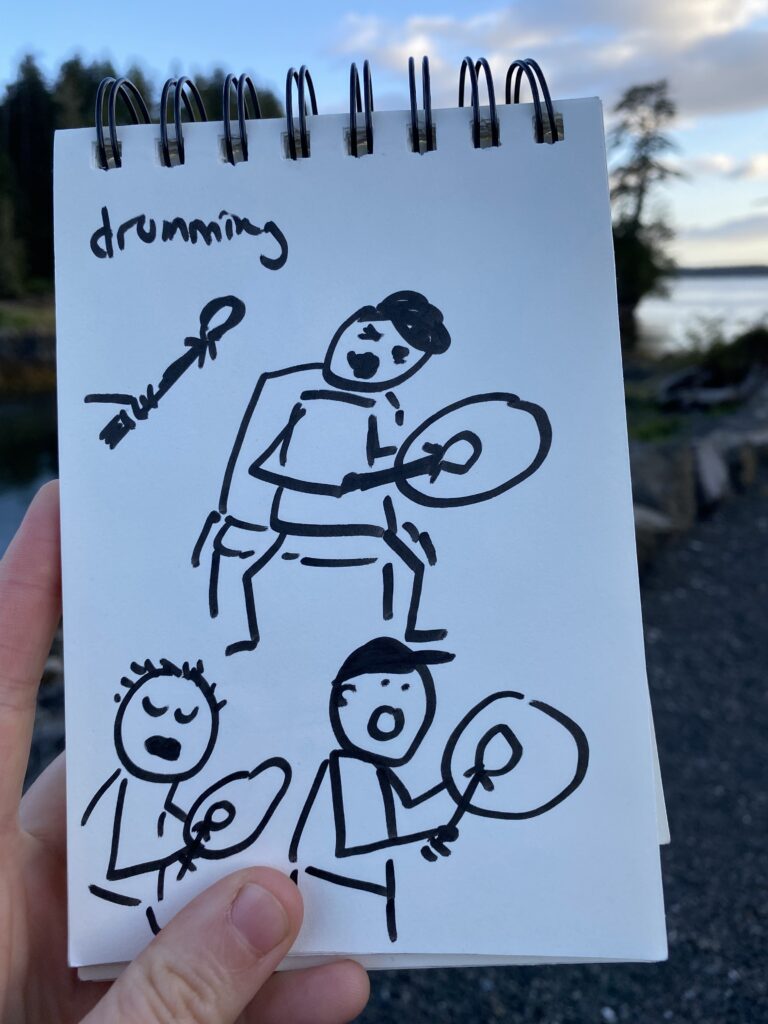
I used my eyes and my ears the most in this course. To learn we had to observe, watch what was happening, take in what was in the frame and also what was happening at the periphery. We also had to listen, in many ways. We had to listen with laser-beam focus, and also with giant open ears, listen for the loud and the quiet, the inside and the outside.
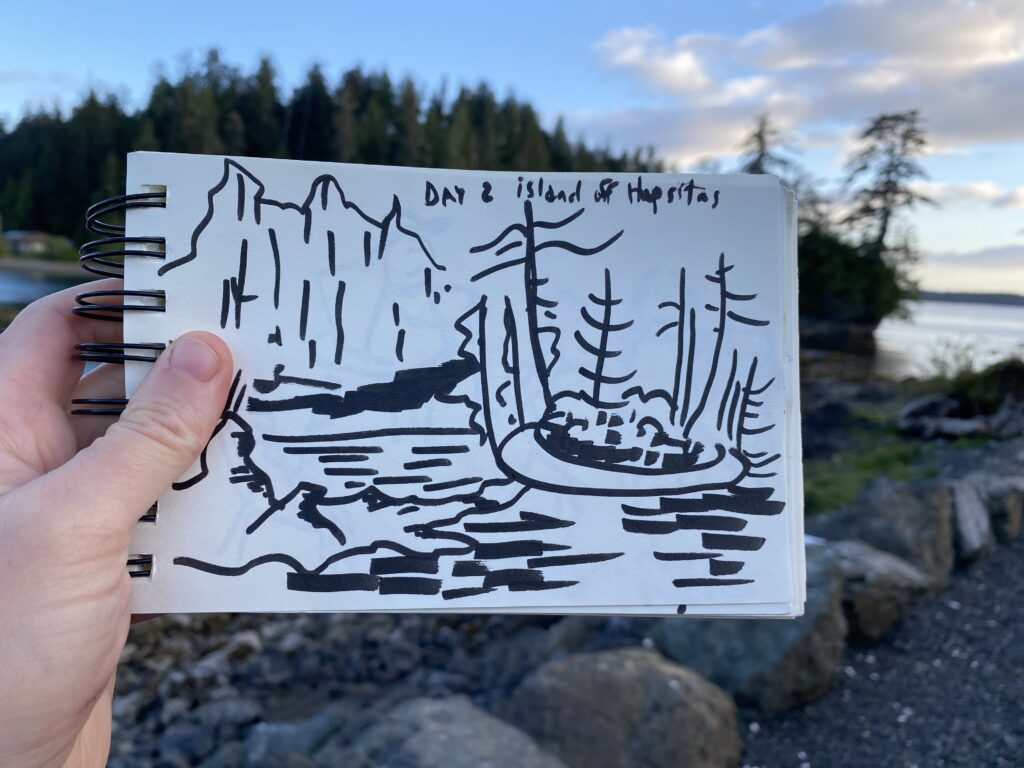
Coming back into my world of teaching I’m thinking about the map of the village. What if students could learn by walking through a village and visiting the way we did. Can I set up a course like that? I met with Sara Child, a faculty member in Indigenous Education, to discuss the idea. We talked about how the idea of a village can be shared between students from many different cultural contexts. We discussed different sites in a village, the entry ways into villages and associated protocols, and choosing an actual village that one or more students in the class is connected to as a basis for the course structure. Sara talked to me about the importance of having difficult conversations about the differences between settler villages and Indigenous villages, particularly on-reserve; supporting students to grapple with and understand the impacts of colonization on communities. This theme had come up in one of our conversations in the course in Houpsitas and was also uncomfortable and difficult, but hearing from Sara on this reassured me that it’s important to keep asking these uncomfortable questions to take the learning deeper.
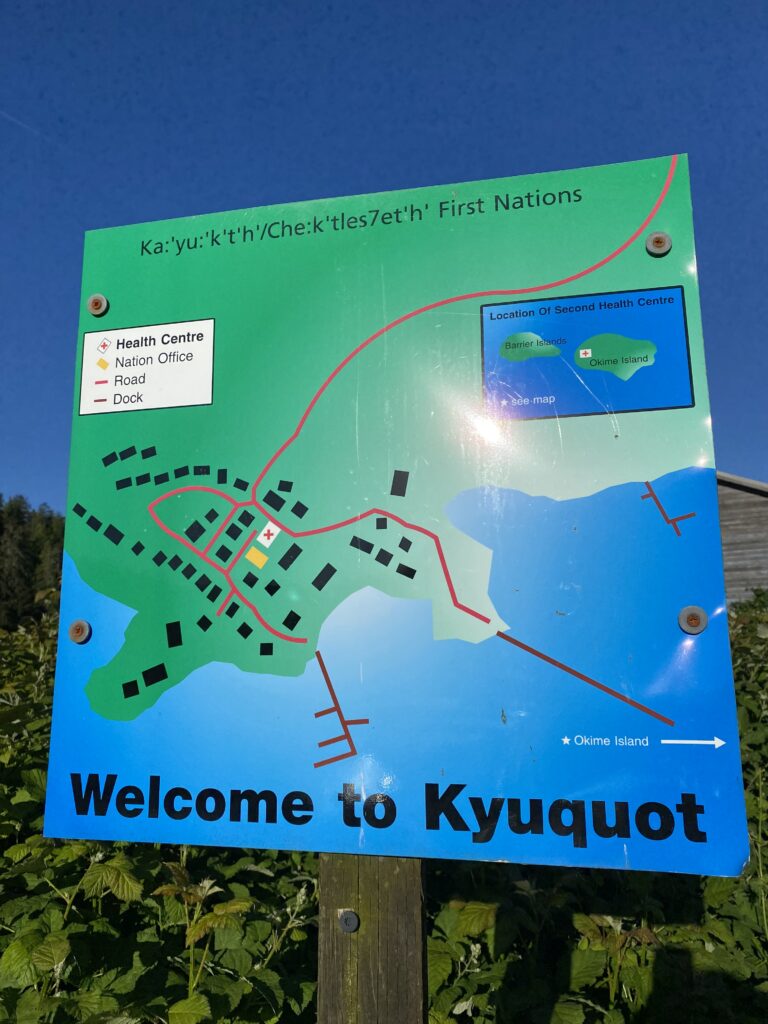
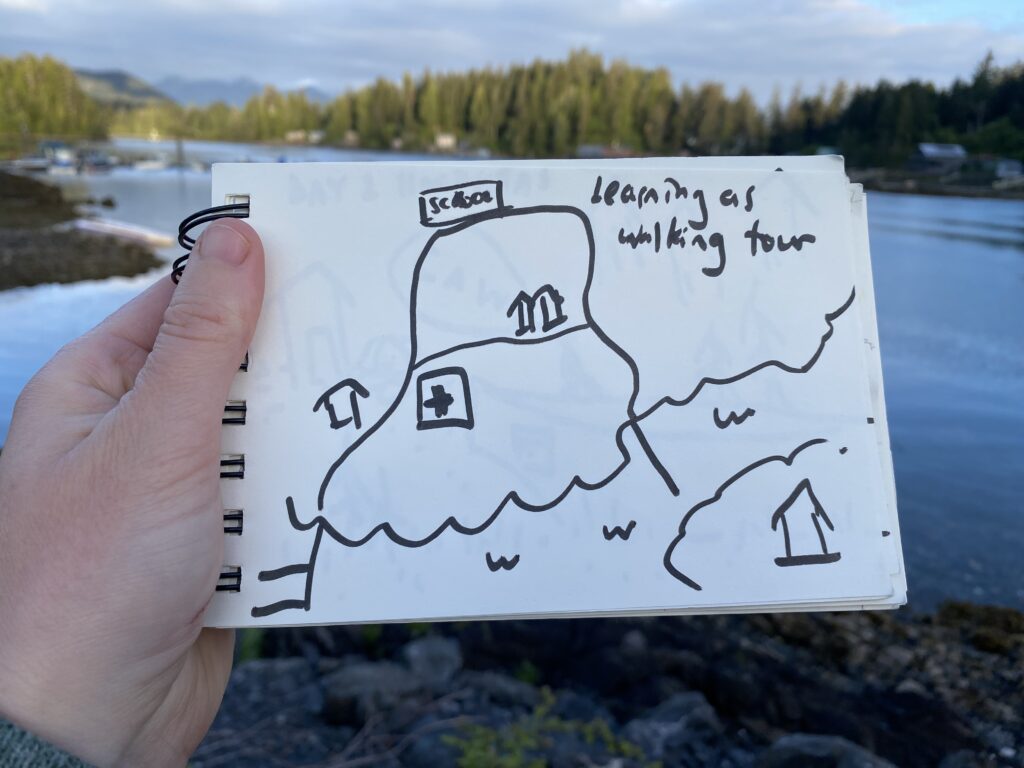
As I step into the summer I look forward to seeing what more emerges, as the learning from this course settles into my bones. I think there will be more to come that I can’t predict, in six months, in a year, in 5 years, and beyond. I think the learning outcomes will grow and change as I learn and shift and have new experiences. Can I write these learning outcomes down or capture them somehow? Or maybe they are seagulls that fly on the wind beside me and free? I’m not sure yet. I have more to learn.
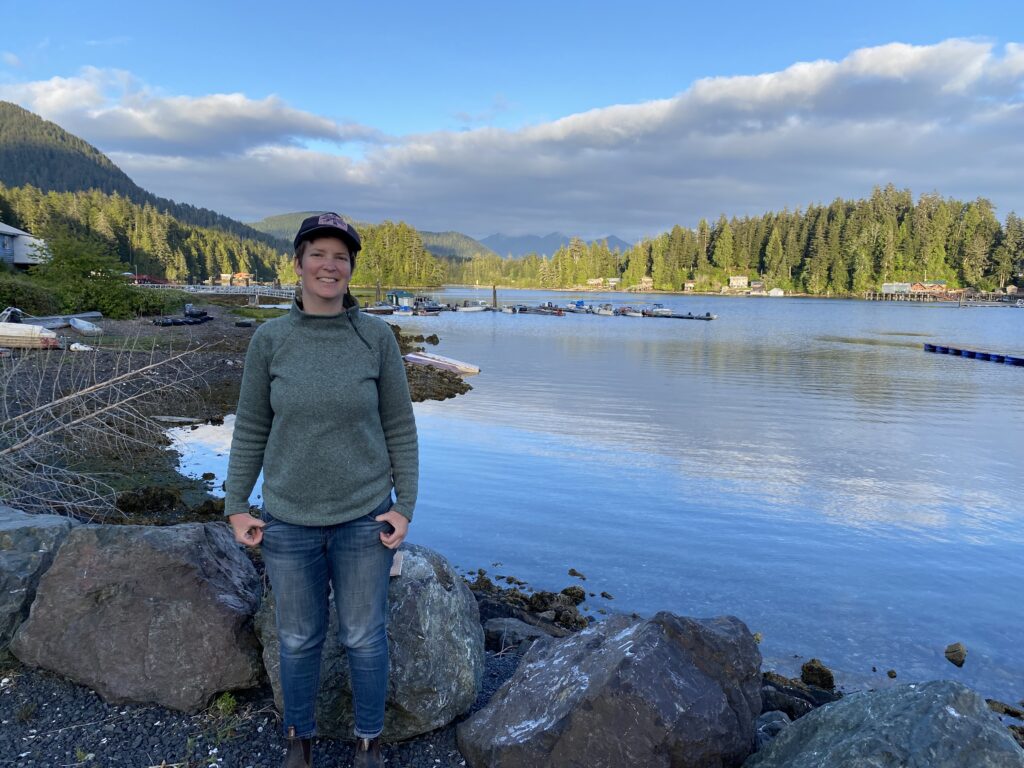
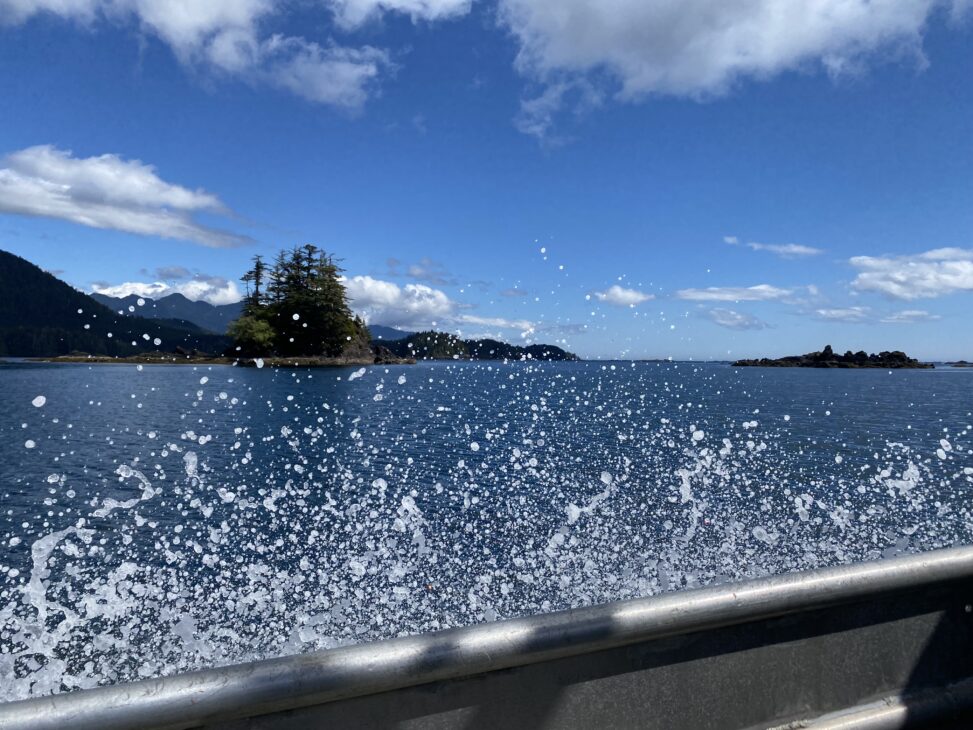
Leave a Reply
You must be logged in to post a comment.